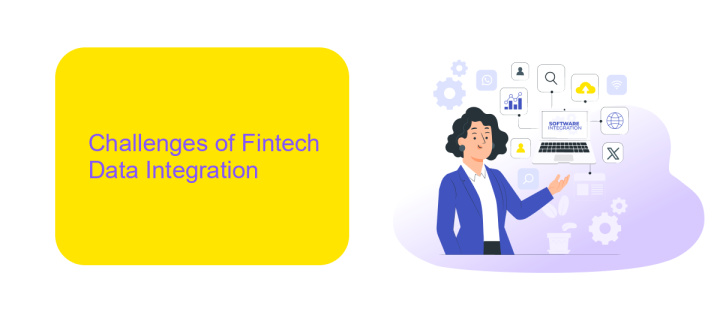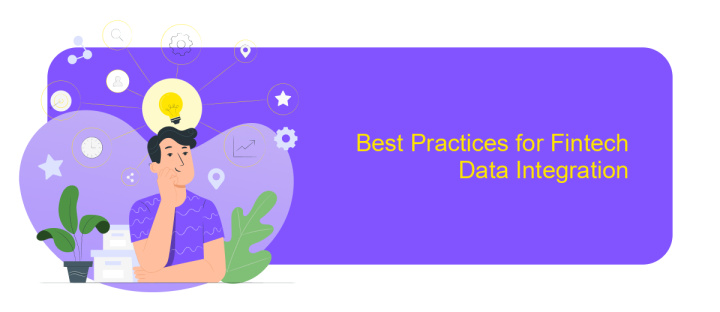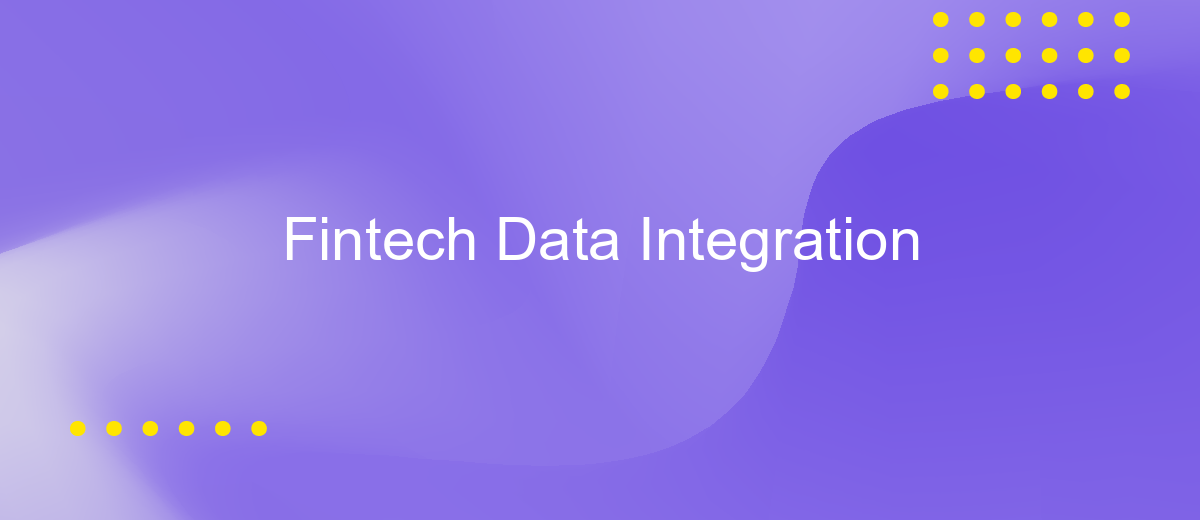Fintech Data Integration
In the rapidly evolving financial technology landscape, seamless data integration has become a cornerstone for innovation and efficiency. Fintech companies leverage advanced data integration techniques to streamline operations, enhance customer experiences, and drive informed decision-making. This article explores the critical role of data integration in fintech, highlighting its benefits, challenges, and the latest trends shaping the future of financial services.
Introduction
In the rapidly evolving landscape of financial technology, data integration has emerged as a critical component for success. Fintech companies are leveraging vast amounts of data from various sources to drive innovation, improve customer experiences, and enhance operational efficiency. As the volume and complexity of financial data continue to grow, the need for seamless data integration becomes increasingly important.
- Improved decision-making through comprehensive data insights
- Enhanced customer experiences by leveraging personalized data
- Streamlined operations with automated data workflows
- Increased regulatory compliance through accurate data management
- Facilitation of innovative financial products and services
Effective data integration in fintech involves the harmonization of disparate data sources, ensuring data quality, and enabling real-time data access. By overcoming the challenges associated with data silos and inconsistencies, fintech companies can unlock the full potential of their data assets. This not only drives growth and competitiveness but also fosters a more resilient and agile financial ecosystem.
Challenges of Fintech Data Integration

Integrating fintech data poses significant challenges, primarily due to the diversity and complexity of financial data sources. Each source may employ different formats, standards, and protocols, making seamless integration a daunting task. Ensuring data consistency and accuracy during the integration process is critical, as discrepancies can lead to erroneous financial analyses and decision-making. Moreover, maintaining robust security measures to protect sensitive financial information from breaches and unauthorized access adds another layer of complexity.
Another major challenge is the dynamic nature of fintech environments, which require constant updates and adaptations to new regulations, technologies, and market conditions. This necessitates flexible and scalable integration solutions that can evolve with changing requirements. Services like ApiX-Drive can facilitate this process by offering automated data integration capabilities, reducing the manual effort involved and ensuring real-time data synchronization. By leveraging such tools, fintech companies can streamline their data integration processes, enhance operational efficiency, and focus more on innovation and growth.
Benefits of Fintech Data Integration

Fintech data integration plays a crucial role in modernizing financial services by enabling seamless connectivity between various financial systems. This integration not only enhances operational efficiency but also provides a competitive edge by leveraging data-driven insights. The ability to consolidate data from multiple sources allows financial institutions to offer personalized services, improve decision-making processes, and ensure regulatory compliance.
- Enhanced Customer Experience: By integrating data, fintech companies can provide a more personalized and streamlined customer experience.
- Improved Operational Efficiency: Data integration reduces manual processes and errors, leading to more efficient operations.
- Better Decision-Making: Access to comprehensive data allows for more informed and strategic decision-making.
- Regulatory Compliance: Integrated data systems help in maintaining compliance with financial regulations by providing accurate and timely reporting.
- Cost Savings: Automation and improved data management result in significant cost reductions for financial institutions.
In conclusion, fintech data integration is essential for financial institutions aiming to stay competitive in a rapidly evolving market. By harnessing the power of integrated data, these institutions can enhance customer satisfaction, streamline operations, and ensure compliance, ultimately driving growth and innovation.
Best Practices for Fintech Data Integration

Effective fintech data integration requires a strategic approach to ensure seamless interoperability and data accuracy. One critical best practice is to establish clear data governance policies. This involves defining data ownership, access permissions, and compliance requirements to maintain data integrity and security.
Another essential practice is to employ robust data mapping and transformation techniques. This ensures that data from disparate systems can be accurately and consistently integrated. Utilizing standardized data formats and protocols can significantly streamline this process.
- Implement API-driven integration for real-time data exchange.
- Adopt scalable cloud-based solutions to handle large data volumes.
- Ensure thorough data validation and cleansing to eliminate errors.
- Regularly monitor and audit data integration processes for continuous improvement.
Lastly, fostering collaboration between IT and business teams is crucial. This ensures that the data integration strategy aligns with organizational goals and delivers actionable insights. By adhering to these best practices, fintech companies can achieve efficient and reliable data integration, driving innovation and competitive advantage.


Conclusion
In conclusion, the integration of fintech data is a pivotal element in the evolution of financial services. By streamlining data from various sources, financial institutions can enhance decision-making, improve customer experiences, and drive innovation. The ability to seamlessly connect disparate data systems not only increases operational efficiency but also provides a competitive edge in a rapidly changing market.
Platforms like ApiX-Drive play a crucial role in this ecosystem by offering robust tools for automating and managing data integrations. With its user-friendly interface and extensive compatibility with numerous applications, ApiX-Drive simplifies the process of connecting various fintech services. This enables businesses to focus more on strategic growth and less on the technical complexities of data integration, ultimately fostering a more dynamic and responsive financial landscape.
FAQ
What is Fintech Data Integration?
Why is Fintech Data Integration important?
What are the challenges of Fintech Data Integration?
How can I automate and set up Fintech Data Integration?
What should I consider when choosing a Fintech Data Integration solution?
Strive to take your business to the next level, achieve your goals faster and more efficiently? Apix-Drive is your reliable assistant for these tasks. An online service and application connector will help you automate key business processes and get rid of the routine. You and your employees will free up time for important core tasks. Try Apix-Drive features for free to see the effectiveness of the online connector for yourself.

